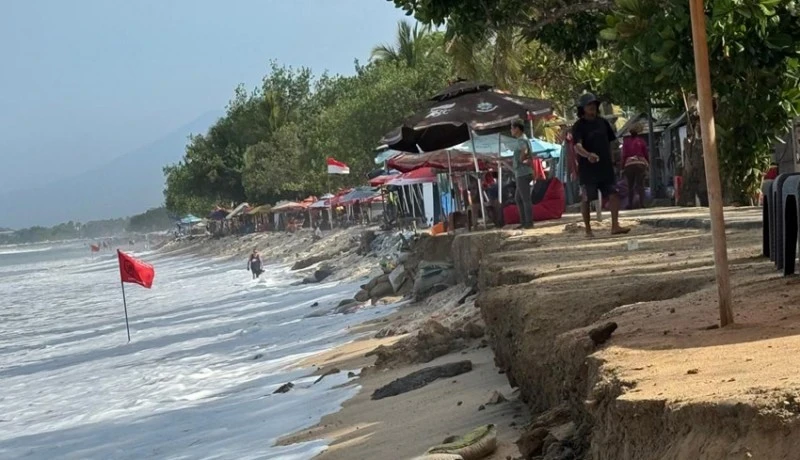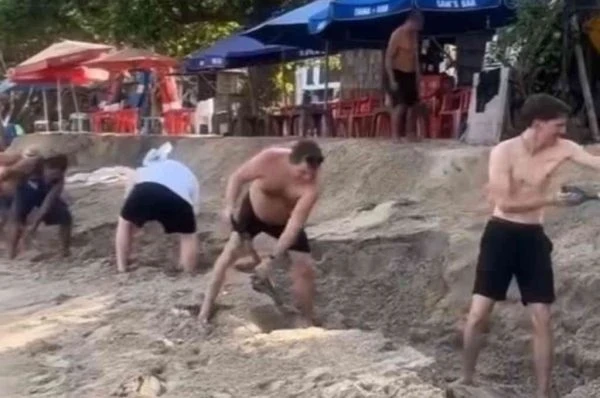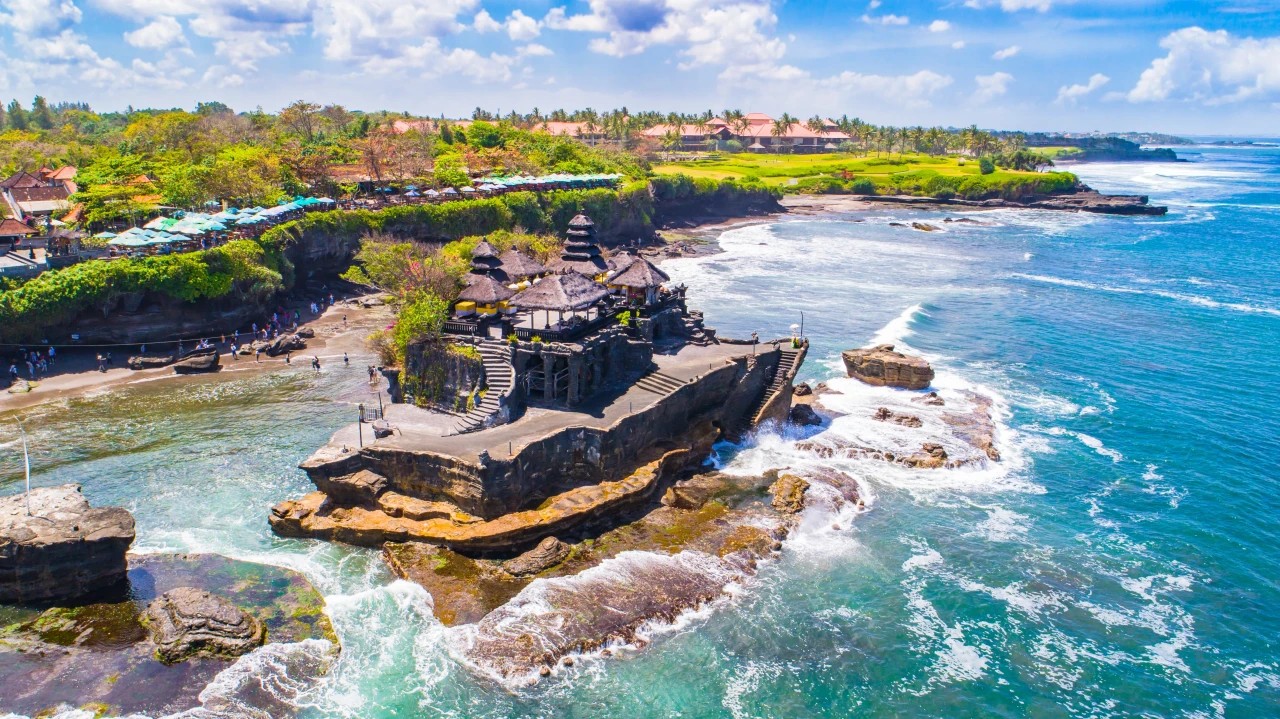
Recent two-meter tidal waves that hit Bali have left their mark on one of the island’s most popular beaches – Kuta. The sandy shoreline has been heavily eroded, making it nearly unsuitable for walks.
Authorities are expected to begin restoration work on the beach later this month, but for now, local businesses and the community are stepping in to help. Locals and tourists have joined forces to combat coastal erosion, gathering together to build a sand barrier to prevent further damage to the shoreline.
In Indonesian, this collective effort is known as “gotong royong” – community work for the common good. It’s when people unite to solve a problem, whether it’s cleaning up an area, preparing for ceremonies, or even building a house.

Kuta village head Komang Alit Ardana confirmed that erosion on Kuta Beach is a natural occurrence, especially during full moons, and gotong royong is carried out regularly. Typically, people who work on the beach participate, but tourists frequently lend a hand to help restore the shoreline.
The erosion problem on Kuta Beach has existed for a long time. The tides continuously carry away sand, eroding the coastline at an increasing pace.
Over the years, various methods have been tried to combat the erosion, but they haven’t been effective against strong tides.
Danang Raditya from the Bali-Penida-River Regional Center shared that four new breakwaters will be built on Kuta Beach, and the existing one will be upgraded. Suitable stones for their construction will be sourced from Karangasem. Additionally, a 5.5-kilometer stretch of the coast between Kuta and Seminyak will be replenished with sand. This will require a significant amount of sand – 610,000 cubic meters – which will be sourced from the ocean near Jimbaran using a specialized vessel. The sand replenishment will take place after the breakwaters are constructed, with completion planned by 2026. The project’s budget is estimated at around $16 million.
Raditya explained, “We are currently awaiting the signing of a loan agreement with the Japan International Cooperation Agency. Once it’s approved, we can begin the work.”
The sand replenishment will be carried out with care, as the coastline between Kuta and Seminyak is a key nesting site for endangered turtles.

You can add one right now!